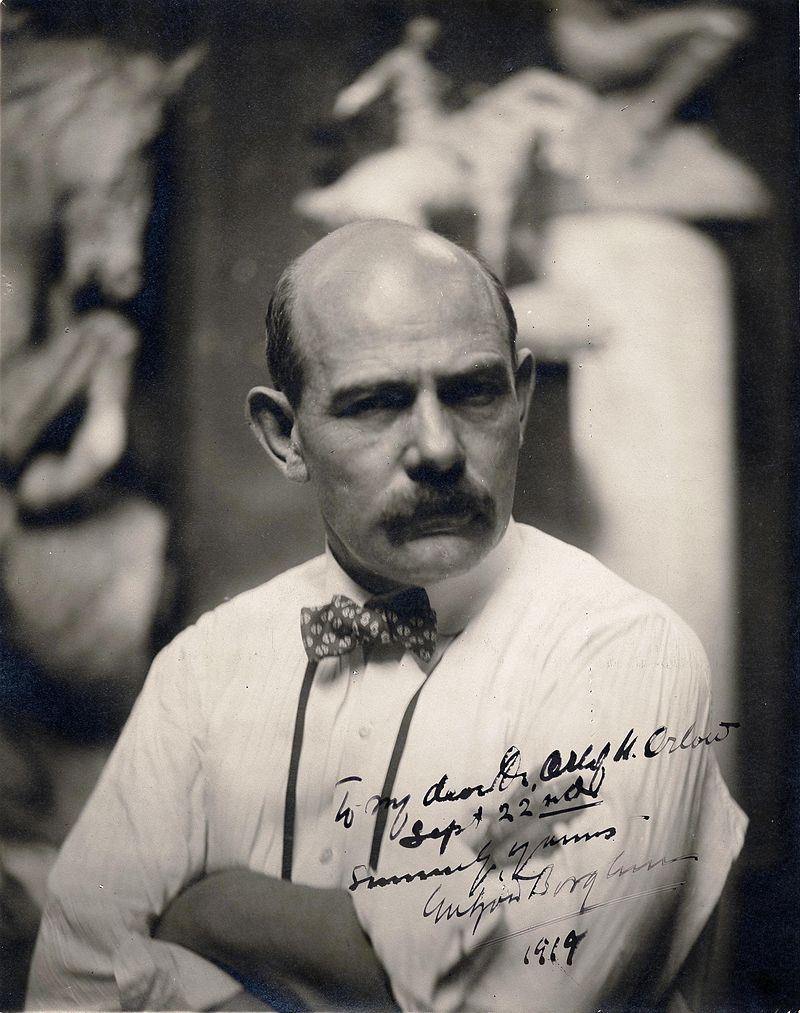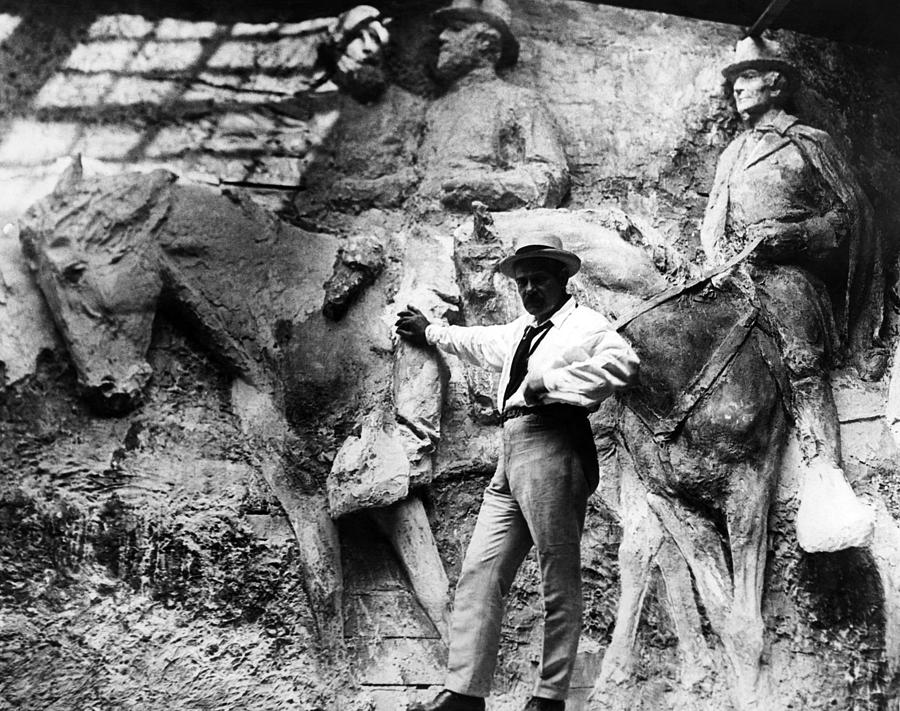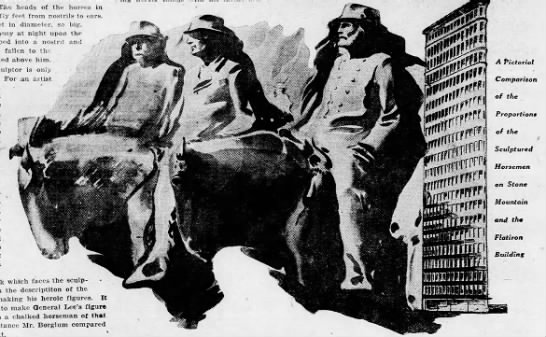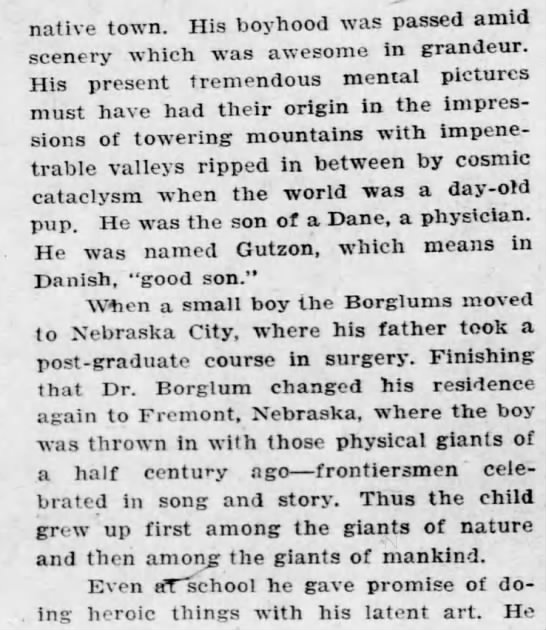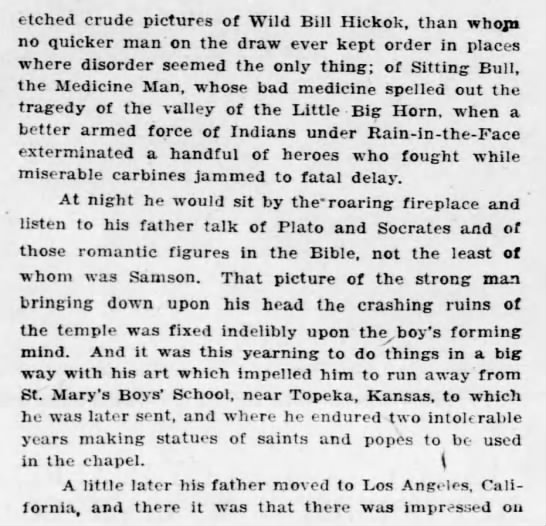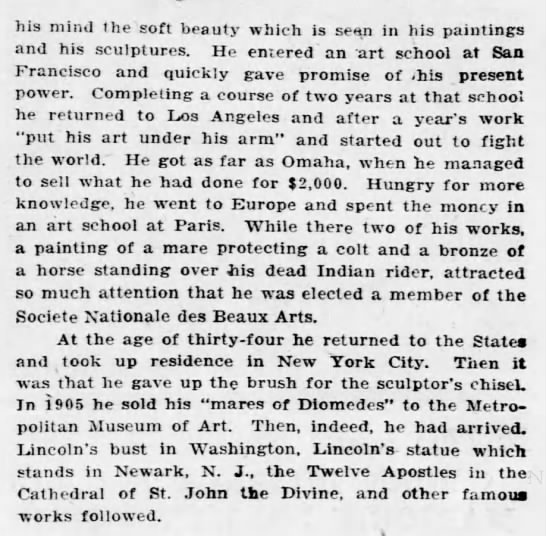Stone Mountain may as well have been Ground Zero for the Lost Cause, the systematic plan of the vanquished of the Civil War, led by the United Daughters of the Confederacy, to win the postbellum information war via a variety of revisionist media—statuary, textbooks, etc. In a break from the universal truism, the losers were allowed to write history, which is how Robert E. Lee was reinvented as an “honorable man” and violent treason perplexingly came to be known as a “noble effort.” This propaganda’s reverberations continue to this day, with White House Chief of Staff John Kelly recently giving voice to this dangerous distortion.
The mammoth Confederate monument carved into Georgia rock was originally begun by sculptor Gutzon Borglum, who was approached in 1915 by the UD of the C to fashion an unprecedented, larger-than-life tribute to the half-slave side of the American heritage. Make no mistake about what drove the endeavor: The initial model included a Ku Klux Klan altar, no surprise since the terrorist group was among the main financial backers of the vast artwork. Borglum was no doubt hired in part because of his great skill, but his deep nativist streak and KKK sympathies were also likely another reason for the offer and his acceptance of it.
World War One delayed the project and it wasn’t until 1923 that Borglum broke stone. The notoriously difficult artist did not have a good relationship with his bosses, however, and eventually was fired from the project, with his early carvings (Lee’s head, mostly) removed from the mountain. The process was subsequently begun anew by Henry Augustus Lukeman. All was not lost, however: The sculptor had learned much from the aborted Stone Mountain assignment and utilized these new methods and tools in his most famous work, Mount Rushmore, which he carved from 1927 until his death in 1941.
A story on the monument in the February 3, 1924 Brooklyn Daily Eagle, which is shockingly generous to the traitorous South:
Tags: Gutzon Borglum

